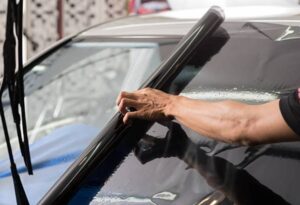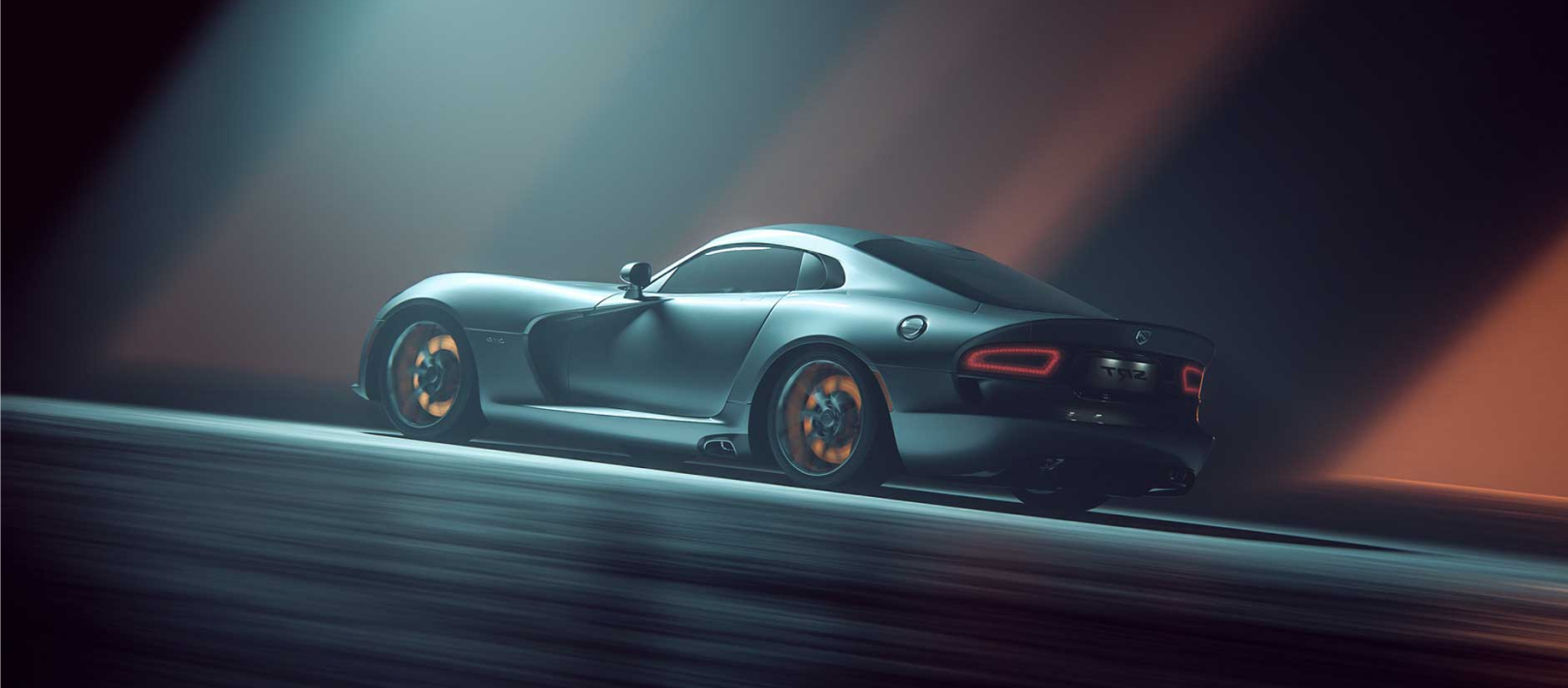What Is the Legal Percentage of Window Tint in the U.S.?
What Is the Legal Percentage of Window Tint? A State-by-State Guide
If you’re thinking about upgrading your vehicle with window tint, one of the most important questions to ask is: what is the legal percentage of window tint? Window tint laws vary widely across the United States, and failing to comply could mean fines, a failed inspection, or being required to remove your tint.
In this guide, TERMINAX — a leading name in premium automotive window films — gives you a comprehensive overview of tinting laws in the U.S., including how percentages work, what to consider, and where to find legal window tint percentages by state.
What Does Window Tint Percentage Mean?
Before diving into legal limits, it’s important to understand what window tint percentages actually mean.
The percentage refers to VLT, or Visible Light Transmission. This is the amount of visible light that can pass through the film and window combined.
- Higher VLT = Lighter Tint (e.g., 70% lets in 70% of light)
- Lower VLT = Darker Tint (e.g., 15% lets in only 15% of light)
So, when a state says the legal limit is 35% for front side windows, that means at least 35% of visible light must be able to pass through.
TERMINAX offers a wide range of VLT options — from light shades like 70% down to darker options like 5% — all designed to deliver superior heat rejection, privacy, and clarity.
Why Window Tint Laws Vary
Each state in the U.S. sets its own rules based on:
- Safety concerns for law enforcement and drivers
- Climate conditions (e.g., hotter states allow darker tints)
- Medical exemptions
- Vehicle type (SUVs, trucks, and sedans may be regulated differently)
This means there’s no one-size-fits-all legal tint, which is why knowing your state’s laws is crucial before scheduling a window film installation.
State-by-State Window Tint Limits (Overview)
Here’s a snapshot of legal VLT limits for passenger cars across popular states. (Note: these laws are always subject to change, so check your state’s official regulations or contact TERMINAX for up-to-date advice.)
| State | Front Side | Rear Side | Back Window | Windshield |
| California | 70% | Any | Any | Top 4 inches only |
| Texas | 25% | Any | Any | Above AS-1 line |
| Florida | 28% | 15% | 15% | Top AS-1 line |
| New York | 70% | 70% | 70% | Non-reflective, top 6 inches |
| Illinois | 35% | 35% | 35% | Top 6 inches |
| Arizona | 33% | Any | Any | Top AS-1 line or 5 inches |
| Nevada | 35% | Any | Any | Non-reflective, top 6 inches |
| Georgia | 32% | 32% | 32% | Top 6 inches |
TERMINAX provides state-compliant tint solutions for all regions, including customizable options that meet local regulations without sacrificing style or protection.
Common Tint Law Guidelines Across States
While the specifics vary, many states follow similar guidelines:
1. Front Side Windows
These are the most regulated because law enforcement needs to see into the vehicle during a traffic stop. VLT limits for front-side windows range from 24% to 70% across the U.S.
2. Rear Side Windows
Generally, more lenient — in many states, you can tint these as dark as you want, especially on SUVs or trucks.
3. Rear Window (Back Glass)
Often follows the same rule as rear side windows. However, some states require dual side mirrors if you use any tint here.
4. Windshield
Most states allow non-reflective tint only on the top portion of the windshield (usually the top 4–6 inches or above the “AS-1” line). Full windshield tinting is illegal in nearly all states, except with medical exemptions.
Medical Exemptions
In certain states, drivers with medical conditions such as lupus, melanoma, or photosensitivity may qualify for an exemption allowing a darker tint than normally permitted.
States that commonly allow medical exemptions include:
- California
- Florida
- Texas
- New York
- Arizona
- Illinois
TERMINAX can assist you in providing documentation and recommending the appropriate tint film to match both your needs and your state’s medical guidelines.
What Happens If Your Tint Is Too Dark?
Installing window tint below your state’s legal limit can lead to:
- Fines or tickets
- Mandatory removal of tint
- Failed safety or emissions inspections
- Complications during resale or trade-in
That’s why compliance matters just as much as aesthetics. At TERMINAX, we ensure every installation is aligned with your state’s VLT rules, so you get peace of mind with every drive.
Why Choose TERMINAX for Legal Window Tinting?
TERMINAX isn’t just about performance — we’re about precision and professionalism. Here’s why thousands of drivers trust us:
State-specific guidance: We stay current on local tint laws
Wide range of VLTs: Legal options from 70% down to 5%
Medical exemption assistance
Certified installers across the U.S.
High-performance ceramic and carbon films
Warranty-backed, law-compliant installations
We don’t cut corners, we help you tint smart, safe, and legal.
Tips for Staying Compliant
Want to stay on the right side of the law? Follow these TERMINAX, recommended best practices:
- Check your state’s current tint laws before choosing a VLT.
- Avoid DIY installations — professional jobs are more accurate and durable.
- Always carry documentation if you have a medical exemption.
- Maintain your tint to prevent bubbling or fading that could lead to legal issues.
- Use a trusted brand like TERMINAX for guaranteed quality and compliance.

Final Thoughts
Understanding what is the legal percentage of window tint is essential before making a decision. Each state has unique rules, and what’s legal in Texas may not be allowed in New York.
Whether you want light shading for style or darker film for UV protection and privacy, TERMINAX offers legal, high-performance window tinting for every need and region.


